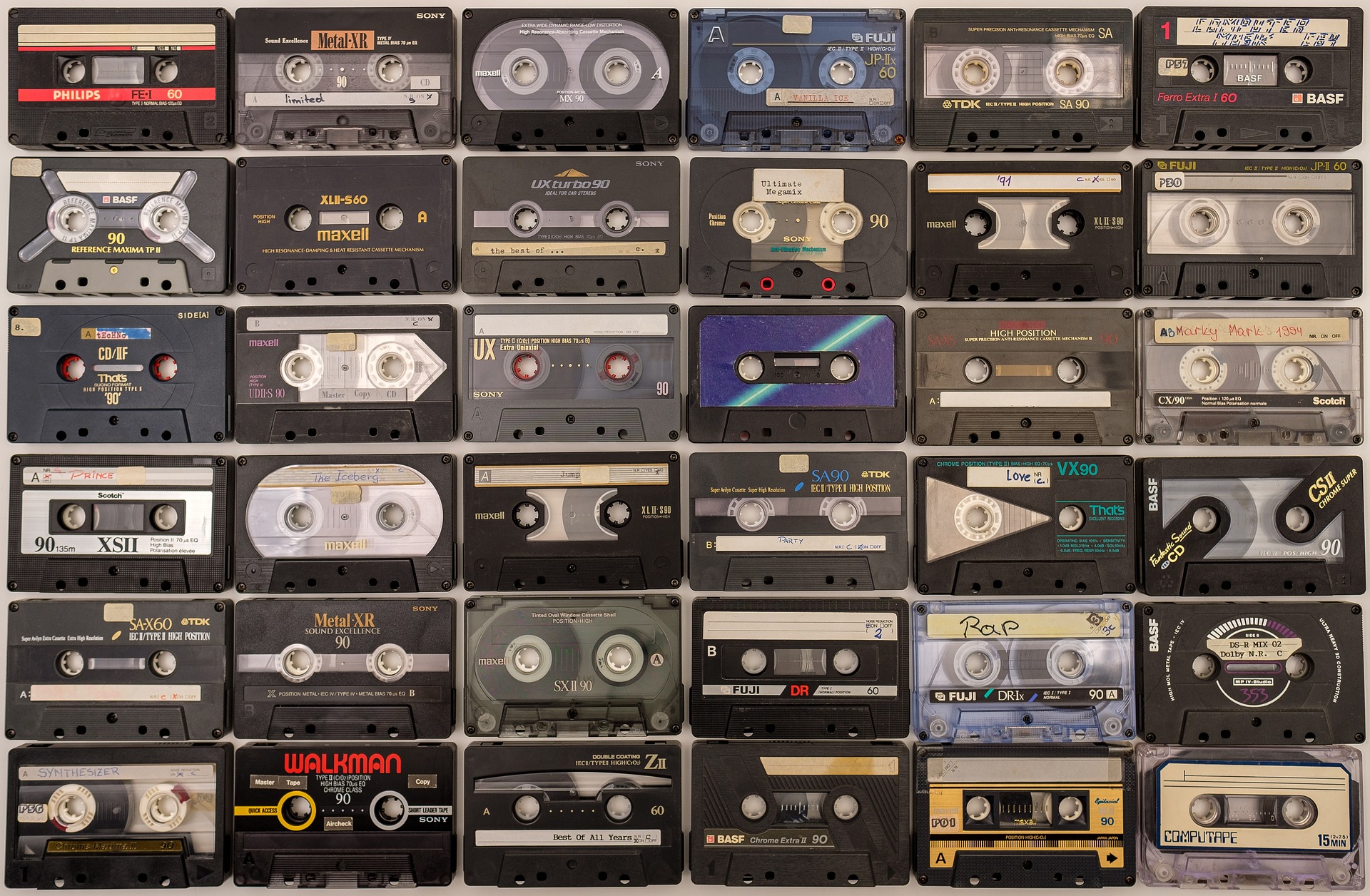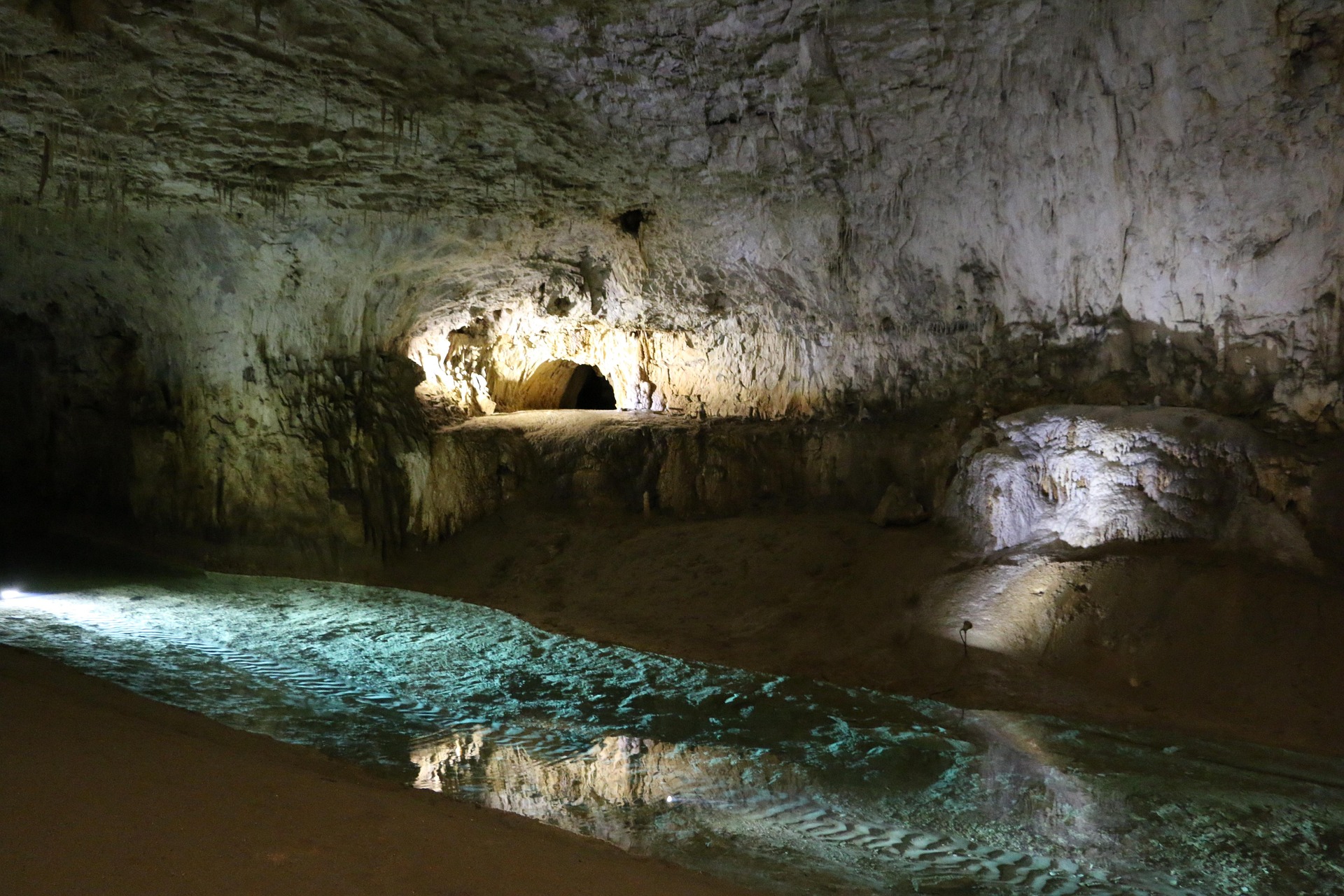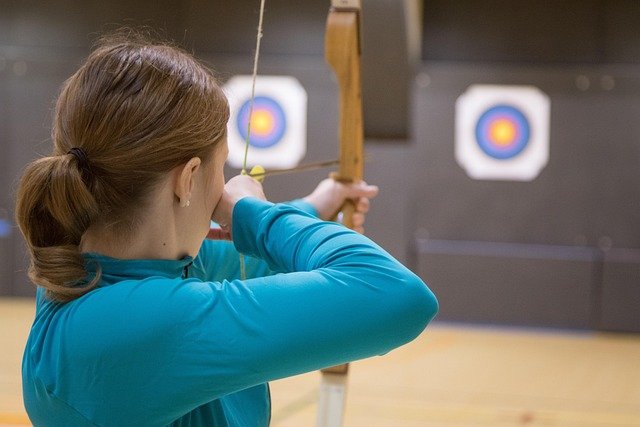The Unexpected Renaissance of Pinhole Photography
In an era dominated by digital imagery and instant gratification, a centuries-old technique is experiencing a surprising resurgence. Pinhole photography, once considered a relic of the past, is finding new life among artists, enthusiasts, and even casual photographers seeking a more deliberate and meditative approach to image-making. This analog method, which eschews lenses in favor of a tiny aperture, is captivating a new generation with its ethereal aesthetics and hands-on process.
The appeal of pinhole photography lies not just in its results, but in the entire process. From crafting one’s own camera to the extended exposure times and the anticipation of developing the image, pinhole photography offers a tactile and contemplative experience that many find lacking in modern digital photography.
Historical Context and Rediscovery
The principles behind pinhole photography have been known since ancient times, with the earliest written description dating back to the 5th century BCE by the Chinese philosopher Mo Ti. However, it wasn’t until the 19th century that this technique was used to create permanent images, playing a crucial role in the development of modern photography.
As lens-based cameras became the norm, pinhole photography fell out of favor. Yet, in recent years, there has been a notable resurgence of interest. This revival can be attributed to a combination of factors, including a general nostalgia for analog processes, a desire for more unique and personalized imagery, and a reaction against the perceived sterility and ubiquity of digital photography.
The Digital Age Paradox
Ironically, the digital age has played a significant role in the revival of pinhole photography. Social media platforms and online communities have allowed enthusiasts to share their work, techniques, and experiences, fostering a global community of pinhole photographers. Additionally, the availability of information and resources online has made it easier than ever for newcomers to learn about and experiment with this technique.
Moreover, the contrast between the instantaneous nature of digital photography and the slow, deliberate process of pinhole photography has become increasingly appealing to those seeking a more mindful approach to image-making. In a world of constant connectivity and information overload, the meditative aspect of pinhole photography offers a welcome respite.
Artistic Expression and Experimentation
Contemporary artists are embracing pinhole photography not just for its nostalgic appeal, but as a unique medium for creative expression. The limitations of the technique – long exposure times, lack of precise framing, and unpredictable results – are being celebrated as opportunities for experimentation and serendipitous discovery.
Many artists are pushing the boundaries of what’s possible with pinhole photography. Some are creating massive room-sized cameras obscura, while others are experimenting with multiple pinholes or unconventional materials for camera construction. The results range from hauntingly beautiful landscapes to abstract studies of light and time.
Educational Value and Accessibility
The simplicity of pinhole photography makes it an excellent educational tool. Schools and photography workshops are increasingly incorporating pinhole projects into their curricula, using them to teach the fundamental principles of optics and image formation. These projects not only provide hands-on learning experiences but also encourage creativity and problem-solving skills.
Furthermore, the accessibility of pinhole photography is part of its growing appeal. With minimal equipment required – often just a light-tight container, photographic paper, and a needle to create the pinhole – it’s a technique that’s open to anyone, regardless of budget or technical expertise. This democratization of photography aligns well with contemporary movements towards inclusivity and accessibility in the arts.
The Future of Pinhole in a Digital World
As we look to the future, it’s clear that pinhole photography is more than just a passing trend. Its resurgence represents a broader movement towards mindful creation and a desire for more tactile, personal experiences in an increasingly digital world. While it’s unlikely to replace digital photography in mainstream use, pinhole photography offers a complementary approach that enriches the photographic landscape.
The continued interest in pinhole photography also speaks to a growing recognition of the value of slow, deliberate processes in art and life. In a world that often prioritizes speed and efficiency, the patience and contemplation required for pinhole photography provide a much-needed counterbalance.
As technology continues to advance, it’s possible we’ll see interesting hybridizations of pinhole and digital techniques. Already, some photographers are experimenting with digital sensors in pinhole cameras, combining the ethereal aesthetics of pinhole imagery with the convenience of digital capture and processing.
In conclusion, the renaissance of pinhole photography serves as a reminder of the enduring power of simplicity in art. It challenges us to slow down, to observe more closely, and to find beauty in imperfection. As we navigate an increasingly complex and fast-paced world, the humble pinhole camera offers a portal to a different way of seeing and creating – one that values patience, surprise, and the magic of light itself.






